Mark 11:1−25
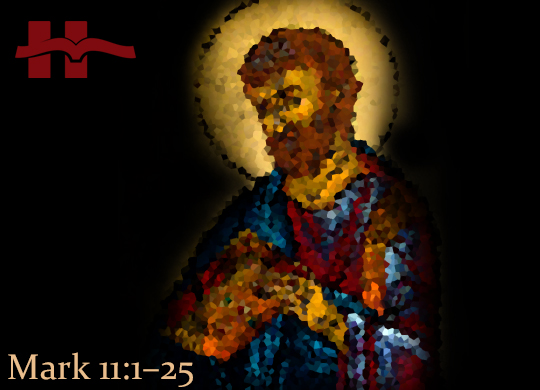
The community of disciples is characterized by prayer founded on faith and forgiveness.
“Have faith in God. …
All things for which you pray and ask, believe that you receive,
and it will be [so] for you.
And when you stand praying,
if you have anything against anyone, forgive.”
Mark 11:22, 24–25
In this final Act of Mark’s Gospel (11:1—16:8), Jesus enters Jerusalem to die. What is striking in 11:1–11 are the similarities with the elements of a triumphal entry of a victorious Roman general to his capital: the authority symbols of the garments on colt and on the road, 11:7–8; greetings and/or acclamations together with invocations of God, 11:9–10; entry to the city climaxed by entry into the temple, 11:11; cultic activity, either positive, e.g., offering of sacrifice, or negative, e.g., expulsion of objectionable persons and removal of uncleanness, 11:15–18. So one would have expected Jesus to enter Jerusalem and take up his abode there (city and Temple corresponding to capital and palace of the King), inaugurating the new age of blessedness. Instead, there is an abrupt and anticlimactic end to this arrival—it takes only one verse (11:11): Jesus comes into the Temple, and then leaves both Temple and city. No one in his “capital” or his “palace” appears to have paid him any attention. For a king, this was the ultimate insult! What will the disciple’s response be to the king? Will Jesus be appropriately received?
Mark 11:12–25, then proceeds to deal with the result of such an appropriate reception of the king in the life of Jesus-followers: appropriate reception leads, or should lead, to appropriate function.
This section forms another of Mark’s “sandwich” stories (outer story: Mark 11:12–14; 11:20–25; inner story: 11:15–19). Again Jesus is the only character to be actively present in both stories; in both, he is rebuking that which does not function properly and meet his expectations. The cleansing of the Temple (11:15–19) denoted its disqualification and warned of inevitable replacement—the moving of the mountain (11:23) conceivably standing for the destruction of the Temple Mount, and the laying of the cornerstone (12:10–11) representing the foundation for the new temple. Dysfunctional institutions would be replaced with a new community.
Then there’s the fig tree. Both Temple and tree were faulty and functioning inappropriately. Jesus’ contemporary, Pliny the Elder (23–79 C.E.), the Roman naturalist, philosopher, and military officer, in his monumental Historia naturalis, observes: “The fig tree is also the only tree whose leaf forms later than its fruit.” In other words, to see leaves meant the possibility of at least some fruit. Jesus was hopeful, but his hopes were dashed. Fruit was being promised, but it was a promise not being kept. A glorious outside, but without fruit inside, characterized this fig tree; it also characterized the Temple (the inner story of the “sandwich”). The fig tree had the status of a tree, with leaves promising fruit, but it bore none. The Temple had the status of being the house of prayer, promising much in its physical grandeur, but it was a haven of robbers. Alas, both tree and Temple were dysfunctional, and both would be severely punished. Any community of disciples could end up rootless and functionless, and they would be castigated, if they were not careful to be functioning properly.
The pericope closes with a focus on the proper function of communities of disciples, involving prayer founded on faith and forgiveness (11:12–25).
How then shall we function?

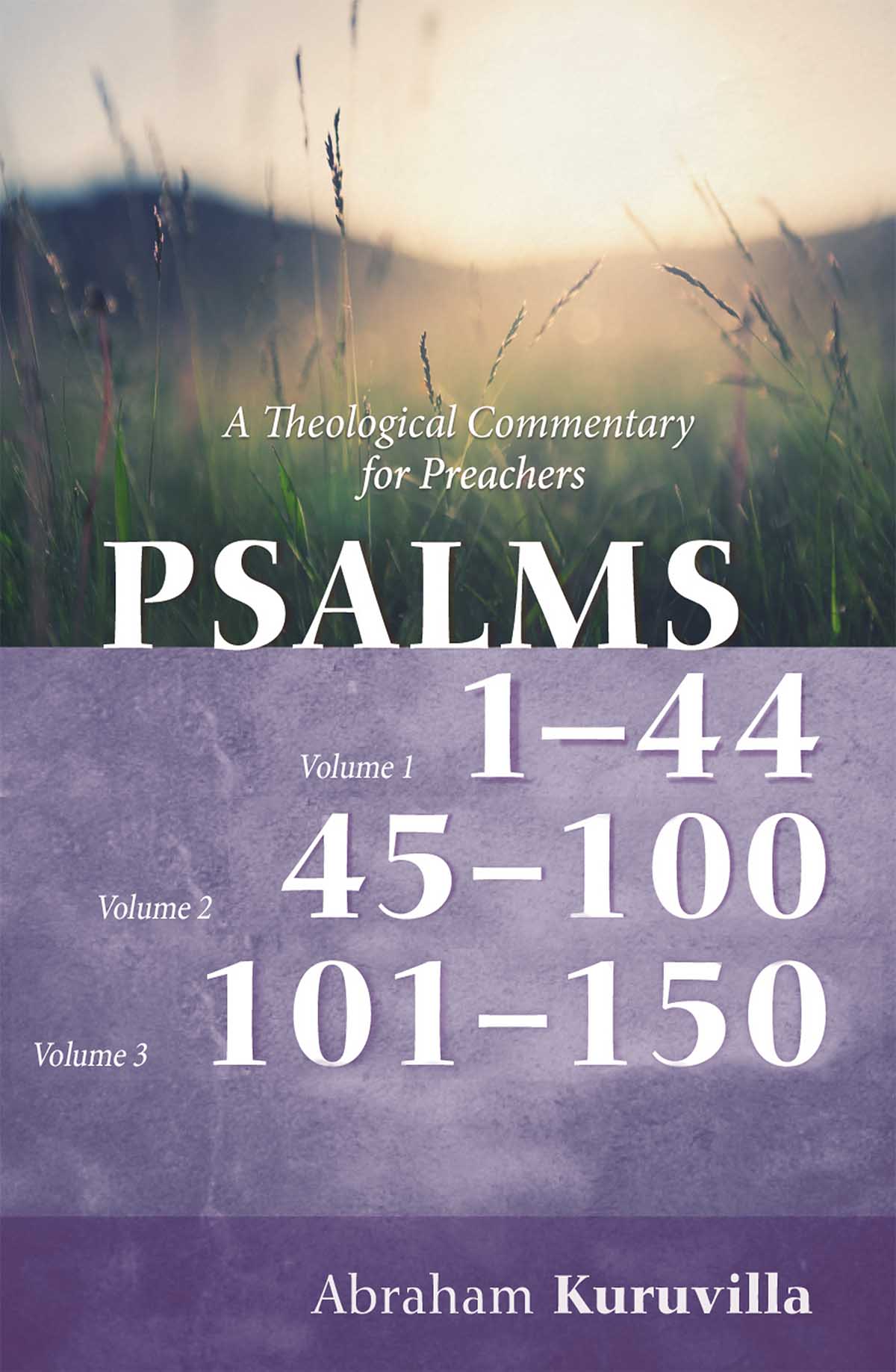
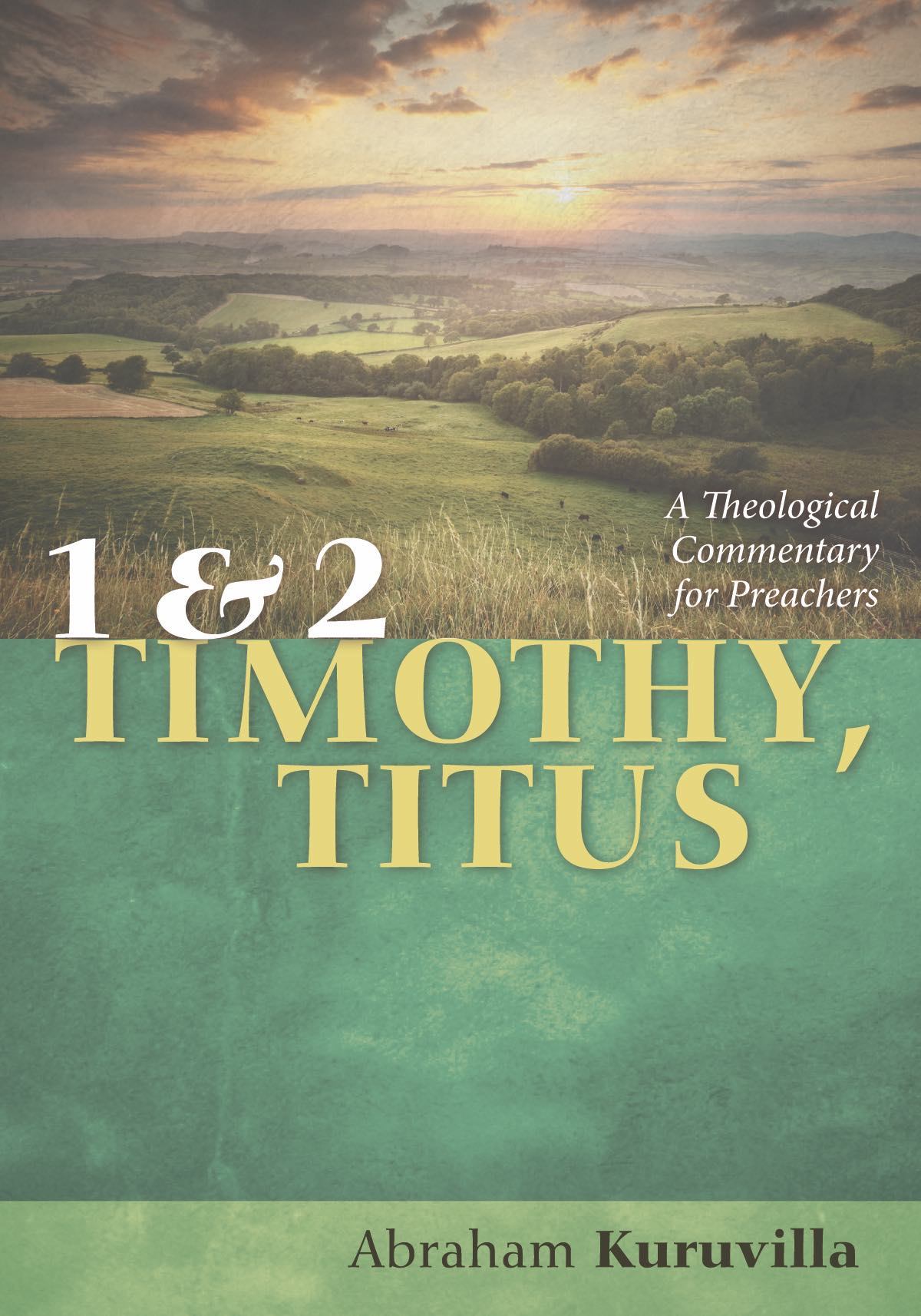
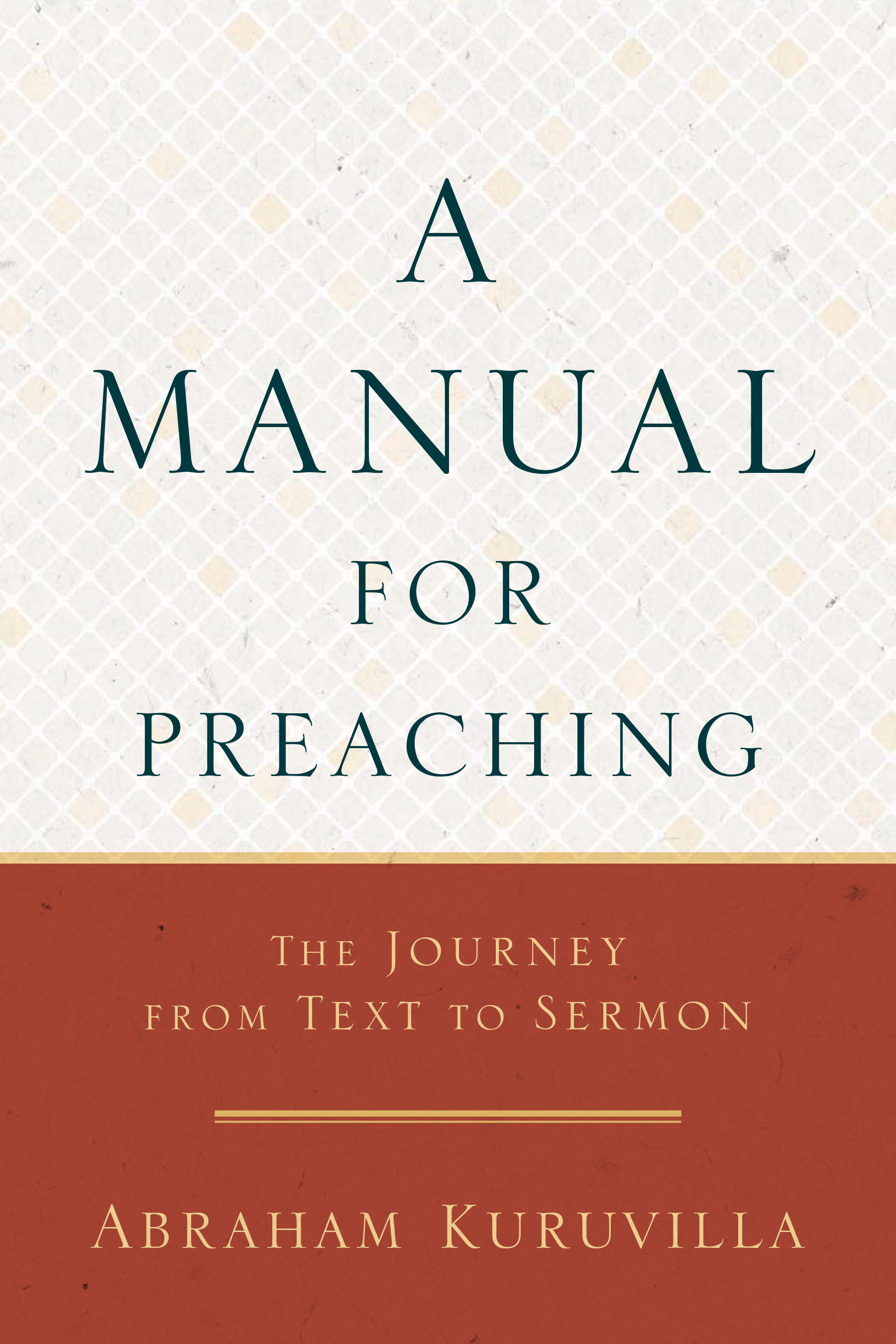

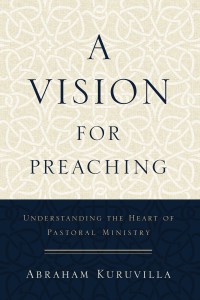





 Abe Kuruvilla is the Carl E. Bates Professor of Christian Preaching at The Southern Baptist Theological Seminary (Louisville, KY), and a dermatologist in private practice. His passion is to explore, explain, and exemplify preaching.
Abe Kuruvilla is the Carl E. Bates Professor of Christian Preaching at The Southern Baptist Theological Seminary (Louisville, KY), and a dermatologist in private practice. His passion is to explore, explain, and exemplify preaching.
2 Comments
Thank you dr abe, I came across this site…and reading mark regularly. truly a blessing to me.
Regards
Sumith
India
Thanks, Sumith!